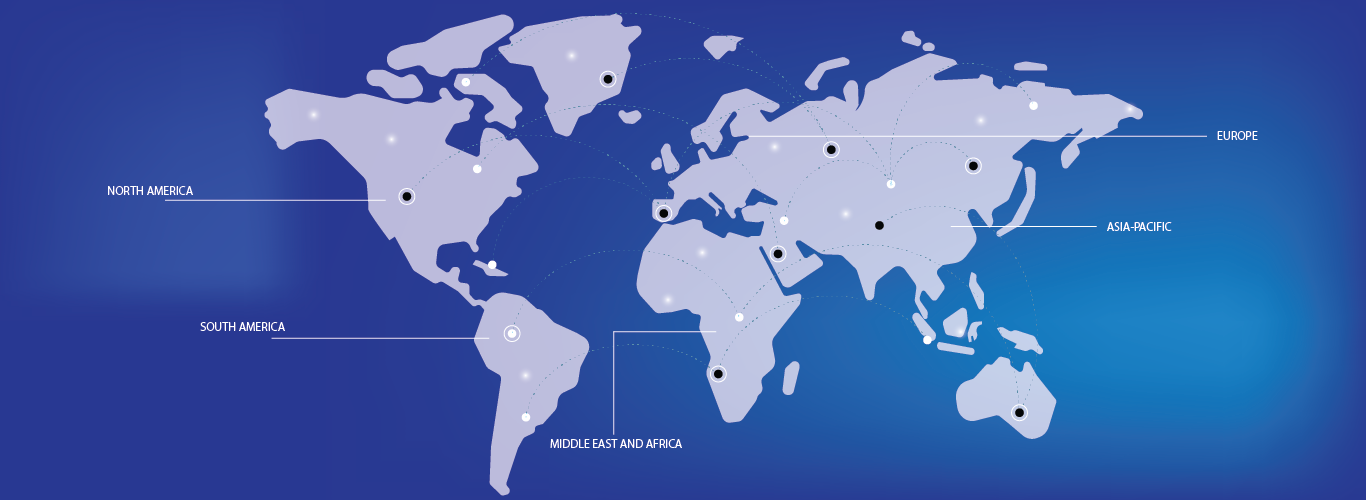The PDO threads market is experiencing significant growth due to rising demand for minimally invasive cosmetic procedures. Increasing consumer awareness regarding non-surgical facelifts and skin rejuvenation is driving market expansion. Technological advancements in thread materials and insertion techniques have improved safety and efficacy, further boosting adoption. The aging population seeking anti-aging treatments is a key factor fueling demand. In addition, the growing number of aesthetic clinics and dermatology centers worldwide is contributing to market growth. However, regulatory challenges and potential complications associated with PDO thread procedures may hinder adoption. Overall, the market is expected to expand steadily in the coming years.




